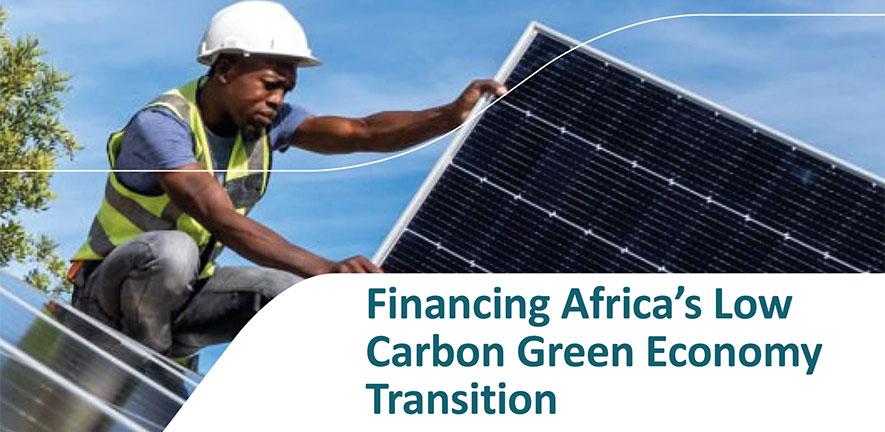
Submitted by H. Hutton on Thu, 25/01/2024 - 12:48
30 January 2024 - The University of Cambridge Institute for Sustainability Leadership’s (CISL) latest research shows that Africa’s ambitious climate commitments are significantly underfunded, with the 2030 deadline to meet promises fast approaching.
The report Financing Africa’s Low Carbon Transition finds that tailor-made climate finance solutions are necessary for each African country, due to varying levels of existing green infrastructure and energy reliance. In total, they need to spend approximately US$2.5 trillion by 2030.
Emission reduction makes up close to 80% of the spending needed, with plans for climate adaptation at US$418 billion. Of this total spending, unconditional pledges by African countries – that is, the resources they intend to mobilise themselves – make up US$680 billion in spending, with a gap of $1.8 trillion unfunded.
Prof Richard Calland, South Africa director at CISL said: “Africa is at an inflexion point. It has the potential to be the ‘growth story of the twentieth century’, but only if it transitions away from an extractive and exploitative approach to the economy and onto an economic development pathway that it is regenerative and redistributive. This will require massive investment and ‘finance with purpose’.”
Sibusiso Nkomo, report lead at CISL said: “The financing gap is not merely a supply issue, is also a demand issue. African countries and the private sector will have to invest more in preparing a bankable pipeline of projects, with a far clearer and more focused grasp of the ‘why’ as well as the ‘what’ of the economic paradigm shift. Investment in human capital (skills, knowledge) will be essential to design and deliver transformative projects, and to unlocking a resistant political economy”.
The report, Financing Africa’s Low Carbon Green Economy Transition, highlights the following:
- The largest emitters and economies account for the bulk of financing needs. These are South Africa, Egypt, Ethiopia, and Nigeria. South Africa alone needs over $1 trillion to expand its renewable energy programme and expand its electricity transmission network. The other three countries only need $739 billion between them.
- Many African countries are under substantial fiscal strain, and cannot take on new market-rate, foreign denominated debt, designated in a currency other than that of the borrower country. While African countries will have to increase domestic resource mobilisation for climate spending, the international funding community, both private and public, needs to provide far more finance to plug the gap of $1.8 trillion, and on far more concessional terms, than they are at present. This is crucial for countries in debt distress such as Zambia, Congo, Mozambique.
- 600 million Africans do not currently have access to electricity and bringing them online will require investment in both national transmission grids to carry the energy, and green installations such as solar, wind and other options in isolated communities. The growth and electrification of both agriculture and industry will further add to this demand. If fully funded, Africa can then transition into a low carbon green economy.
Recommendations
- International funding should be substantially more concessional, prioritising countries in debt distress.
- African countries should investigate what changes they can make to their institutional architecture to enable greater climate spending – such as: liberalisation of energy markets, subnational borrowing, centralised coordination of climate planning. African countries will need to explore new sources of domestic revenue; carbon pricing and a reduction in fossil fuel subsidies will almost certainly be necessary.
- Greater attention needs to be paid to the ‘demand side’ of climate finance, ensuring that human capital is also developed to enable African countries to design credible climate finance investment plans and to deploy financial capital to optimal effect. Climate finance tracking needs to better account for growing household climate spending and bilateral lending between developing countries.
The report emphasises that both international support and finance of the African transition to a low carbon economy is vital to tap into the potential of the large youth population, which will be a major driver of growth in the 21st century. The report also highlights how this is an opportunity for Africa to leapfrog to newer, cheaper and cleaner energy infrastructure and protect nature at the same time.




